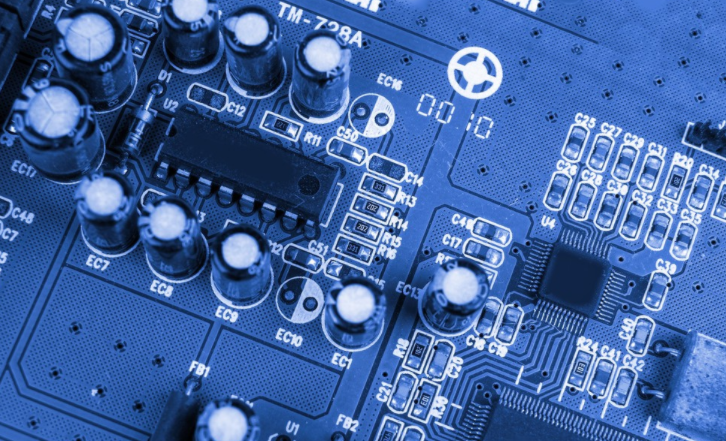
About SMT factory automatic optical detector
About PCBA factory automatic optical detector
With the decrease of component package size and the increase of PCB chip density, the detection of SMA becomes more and more difficult, and the manual visual detection becomes insufficient. Its stability and reliability cannot meet the needs of production and quality control. Therefore, it is more and more important to use special detection equipment to realize automatic detection. First of all, the testing instrument used in production is an optical system. This instrument has a common feature, that is, the shape memory alloy is illuminated by a light source, the reflected light of the shape memory alloy is collected by an optical lens for calculation, and the computer image processing system is used to determine whether the shape memory alloy is turned on. Part position and welding conditions. This equipment is called Automatic Optical Inspection (AOI) equipment.
1. Operating principle of AOI
The basic principle of AOI detection is to illuminate the test object through artificial light source, LED lamp, optical lens and CCD, and compare, analyze and judge the reflected light with the programming standard. This section takes AOI after reflow soldering as an example. AOI after reflow soldering is generally divided into 2D AOI and 3D AOI.
Two dimensional AOI uses a vertical camera to judge the quality of solder joints through color and high brightness methods. The typical product is Omron VT-WIN, as shown in Figure 6-10. When the machine is working, the red, green and blue ring lights are at different heights to illuminate the circuit board. The color camera is vertically installed on the centerline of the annular lighting to select the image of the circuit board, as shown in Figure 6-11. Since the red light is located higher than the other two rays from the surface of the substrate, the incidence angle relative to the surface of the substrate is larger. The light shining on the flat surface will directly reflect to the direction of the camera above, while the light shining on the solder surface will not directly reflect upward. Recall that for the plane part, the camera captures the red area. Similar to the red light principle, the green area is the slightly inclined welding surface captured by the camera, and the blue area is the sharply inclined welding surface captured by the camera. In this way, 3D solder joint shape can be converted into 2D color image through color brightness mode, which can be further processed through image processing combined with a certain mathematical model to achieve the detection of solder joint quality.
pcba board

3D AOI uses vertical cameras and adds angle cameras. When the vertical camera looks down from the top, the angle camera simultaneously observes the image of the solder joint from the side, just like manual visual inspection. In order to see local details, you usually need to adjust the light and angle of view. Recall that 3D AOI has stronger fault detection capability. For example, when testing the welding quality of PLCC devices, the advantages of 3D AOI can be fully displayed. The lighting system in 3D AOI uses independently controllable LED arrays as light sources. The light-emitting diodes are arranged in a precise circular array, all focusing on the field of vision. The closer to the inner circle, the closer the light is to the vertical angle, and the closer to the outer circle, the more inclined the lighting angle will be. These diodes can be controlled by programming to achieve the best lighting texture, angle, direction and density; It can be used for each inspection screen to adjust the angle, direction and brightness of lighting to meet the unique requirements of any inspection. Teradyne Optima 7300 AOI is a typical 3D AOI. This model uses a vertical camera and four angle cameras to form a detection system.
LED lighting patch processing 008
2. Analytical calculation
Different A0I software and hardware designs have their own characteristics. Generally speaking, analysis and judgment algorithms can be divided into two categories, namely, design rule checking (DRC) methods and pattern recognition methods.
The DRC method checks the mode according to some given rules For example, all connections should be based on solder joints, and all lead widths and intervals should not be less than the specified values Based on the calculation of solder paste bridge detection image, select the solder paste on PCB, and judge whether it is a bridge according to the shape of solder paste in the area between pads If the solder paste shape measured at a specific sensitivity exceeds the preset warning line, it is considered as a bridge The DRC method is characterized by ensuring the correctness of the checked graphics on the computer. The corresponding A0I system is easy to manufacture, the computer logic is easy to realize high-speed processing, the amount of program editing is small, and the data space is small However, the ability of this method to determine the boundary is poor, and a specific method is usually needed to determine the location of the boundary The pattern recognition method compares the digital image stored in the AOI system with the actual inspection image to obtain the inspection results For example, when testing a PCBA circuit, compare the test file (standard digital image) with the file to be tested (the actual digital image) according to the computer ided design model Use this principle to check the quality of the assembled PCB The detection accuracy of this method depends on the standard image, the resolution and the detection program used, and it can achieve higher detection accuracy, but it has the characteristics of large amount of collected data and high requirements for real-time data processing Because the image recognition method replaces the design principle in DRC with design data, it has obvious practical advantages







